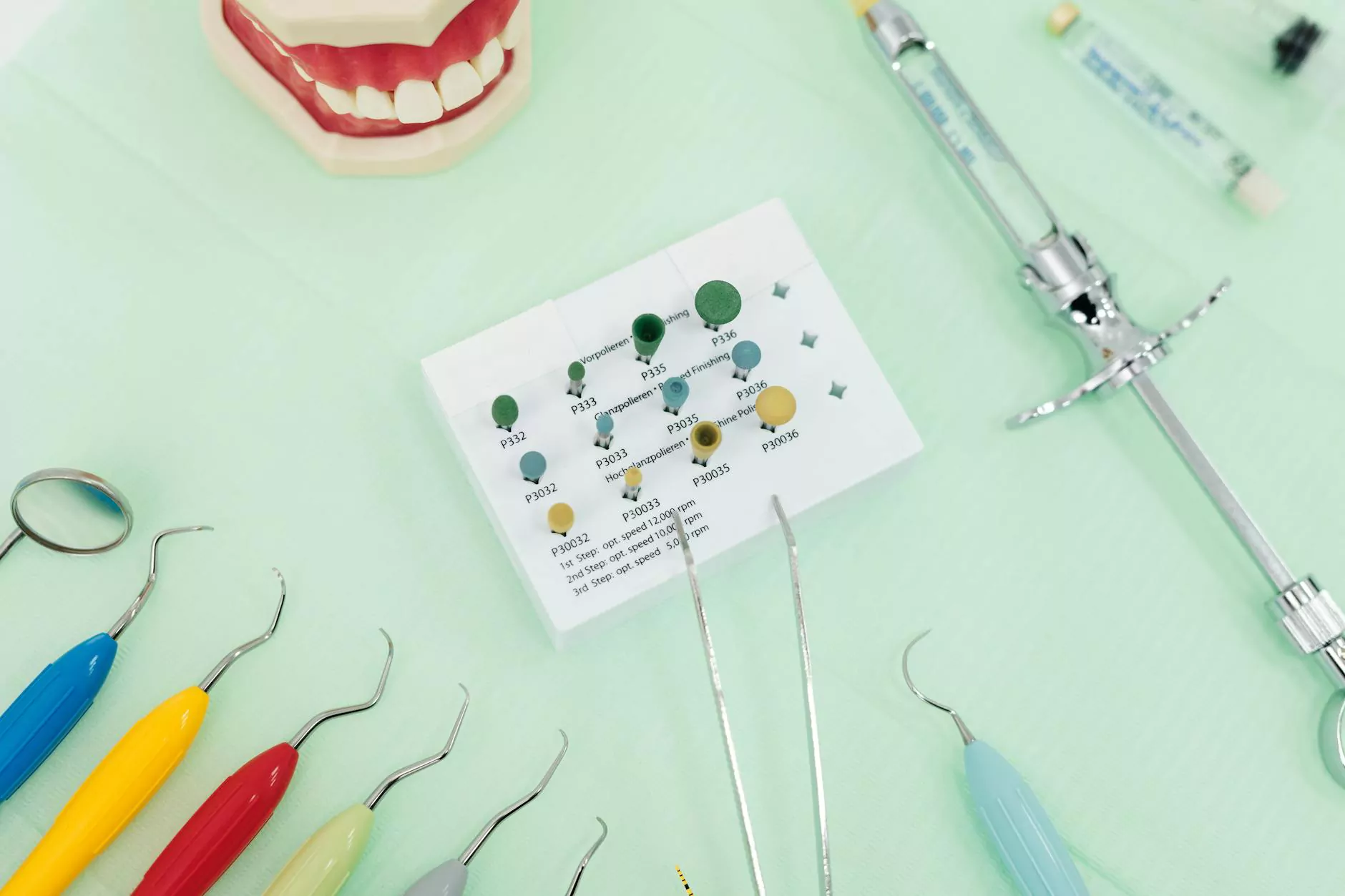Understanding Occlusal Guards for Bruxism: Your Comprehensive Guide

Bruxism, known as the involuntary grinding or clenching of teeth, affects millions of people worldwide. Many individuals seek effective solutions to combat this issue, and one such solution is an occlusal guard for bruxism. This article will delve into what occlusal guards are, how they function, their benefits, and essential tips for choosing the right one for your specific needs.
What is Bruxism?
Bruxism is not just a simple dental issue; it can significantly impact oral health and overall wellbeing. This condition typically occurs during sleep but can also happen while awake. People often grind their teeth or clench their jaws unconsciously due to various factors such as:
- Stress and Anxiety: Emotional tension can lead to teeth grinding as a coping mechanism.
- Sleep Disorders: Conditions like sleep apnea may trigger bruxism episodes.
- Malocclusion: An improper alignment of teeth can cause discomfort and grinding.
- Medications: Certain drugs, especially in the class of antidepressants, can contribute to bruxism.
What is an Occlusal Guard?
An occlusal guard for bruxism is a custom-fitted dental appliance that is worn over the teeth to protect them from the damaging effects of grinding. It acts as a barrier, absorbing the pressure created during teeth grinding, thereby safeguarding your teeth, gums, and jaw. Also known as a night guard, this device is usually designed from durable plastic and can be made according to individual dental impressions for a comfortable fit.
How Do Occlusal Guards Work?
Occlusal guards function by:
- Reducing Wear: The guard prevents direct contact between the upper and lower teeth, significantly reducing wear on the enamel.
- Alleviating Pain: By distributing the forces of grinding evenly, they help alleviate pain in the jaw, neck, and shoulders.
- Improving Sleep Quality: For many, the discomfort caused by bruxism leads to disrupted sleep. An occlusal guard can help improve sleep quality by minimizing grinding noises and discomfort.
- Preventing Dental Damage: Over time, bruxism can lead to significant dental issues such as fractures, chips, or even tooth loss. An occlusal guard offers protection against these potential problems.
Types of Occlusal Guards
When considering an occlusal guard for bruxism, it's essential to understand the different types available, as each serves varying levels of protection and comfort:
- Soft Occlusal Guards: These are made from soft materials and are generally used for mild cases of bruxism. They are comfortable, but may not provide adequate protection for severe grinding.
- Hard Occlusal Guards: Constructed from a firmer plastic, these guards are designed for more severe cases. They are durable and provide excellent protection against tooth wear.
- Dual-Laminate Guards: These guards combine a soft interior with a hard exterior, offering both comfort and durability. They are a popular choice for individuals with moderate to severe bruxism.
- Custom-Fitted Guards: The most effective option, these guards are tailored specifically for your mouth and can accommodate your unique dental anatomy. A dentist customizes them after taking impressions of your teeth.
The Benefits of Using an Occlusal Guard
Using an occlusal guard for bruxism can bring numerous advantages:
- Protects Teeth: The primary benefit is the protection it offers against the damaging effects of grinding.
- Reduces Jaw Tension: It helps to minimize muscle tension in the jaw, reducing related pain.
- Prevents Headaches: By alleviating the strain on facial muscles, it can help prevent tension headaches that are often associated with teeth grinding.
- Promotes Better Sleep: Using a guard can help you have a more restful sleep by reducing comfort-related disturbances.
- Cost-Effective Solution: Protecting your teeth from damage can save you money on dental treatments in the long run.
Choosing the Right Occlusal Guard
Choosing an occlusal guard for bruxism requires careful consideration. Here are some essential tips to keep in mind:
1. Consult Your Dentist
Your dentist can assess the severity of your bruxism and recommend the most suitable type of guard tailored to your specific needs. They can assist in taking accurate impressions for a custom-fitted guard.
2. Understand Your Grinding Patterns
Consider whether you primarily grind your teeth at night or during the day, and if your grinding is moderate or severe. This knowledge will influence the type of guard you need.
3. Comfort and Fit
A comfortable and well-fitted guard is essential for effective use. If it does not fit properly, you may find it difficult to wear, compromising its effectiveness.
4. Material Choice
Discuss with your dentist the types of materials used in the guard. Different materials offer varying levels of comfort and durability, so it’s vital to choose based on your lifestyle and severity of bruxism.
5. Maintenance and Care
Proper care and maintenance of your occlusal guard are critical for its longevity. Follow the cleaning instructions provided by your dentist to keep it in optimal condition.
Cost Considerations
The cost of an occlusal guard for bruxism can vary widely based on several factors:
- Type of Guard: Custom-fitted guards typically cost more than over-the-counter options but offer better protection and comfort.
- Dental Insurance: Check if your dental insurance covers any part of the cost, as some plans do include occlusal guards under certain conditions.
- Frequency of Replacement: Depending on the severity of grinding, occlusal guards may need to be replaced periodically, adding to long-term costs.
Conclusion
Bruxism can pose significant challenges; however, utilizing an occlusal guard for bruxism offers an effective solution to minimize damage and discomfort. By understanding the causes of bruxism, the benefits of wearing a guard, and how to choose the appropriate one, you can take significant steps toward improving your oral health and overall quality of life. For more information on occlusal guards and other dental health solutions, visit medentalsf.com and consult with your dentist for personalized advice and recommendations.









